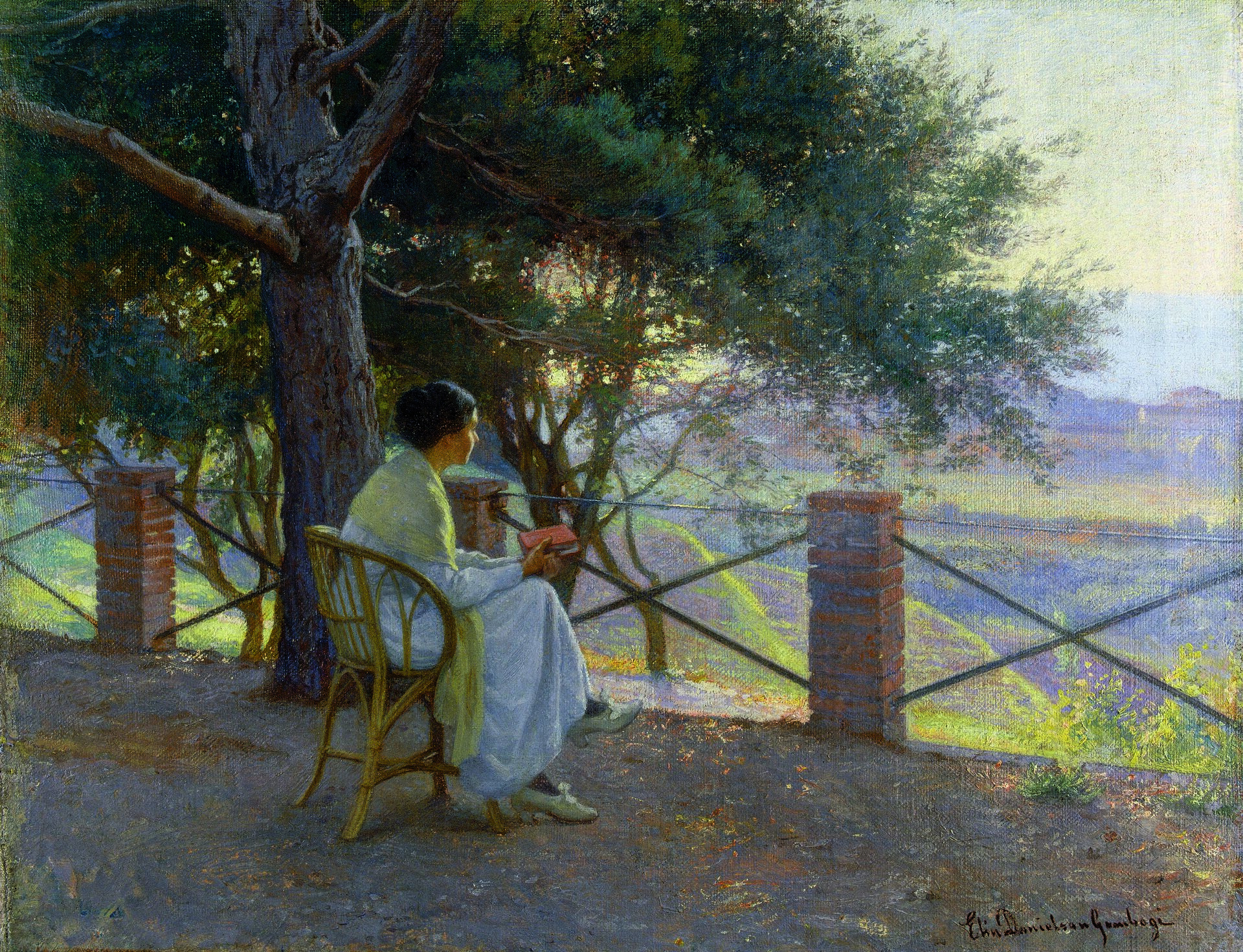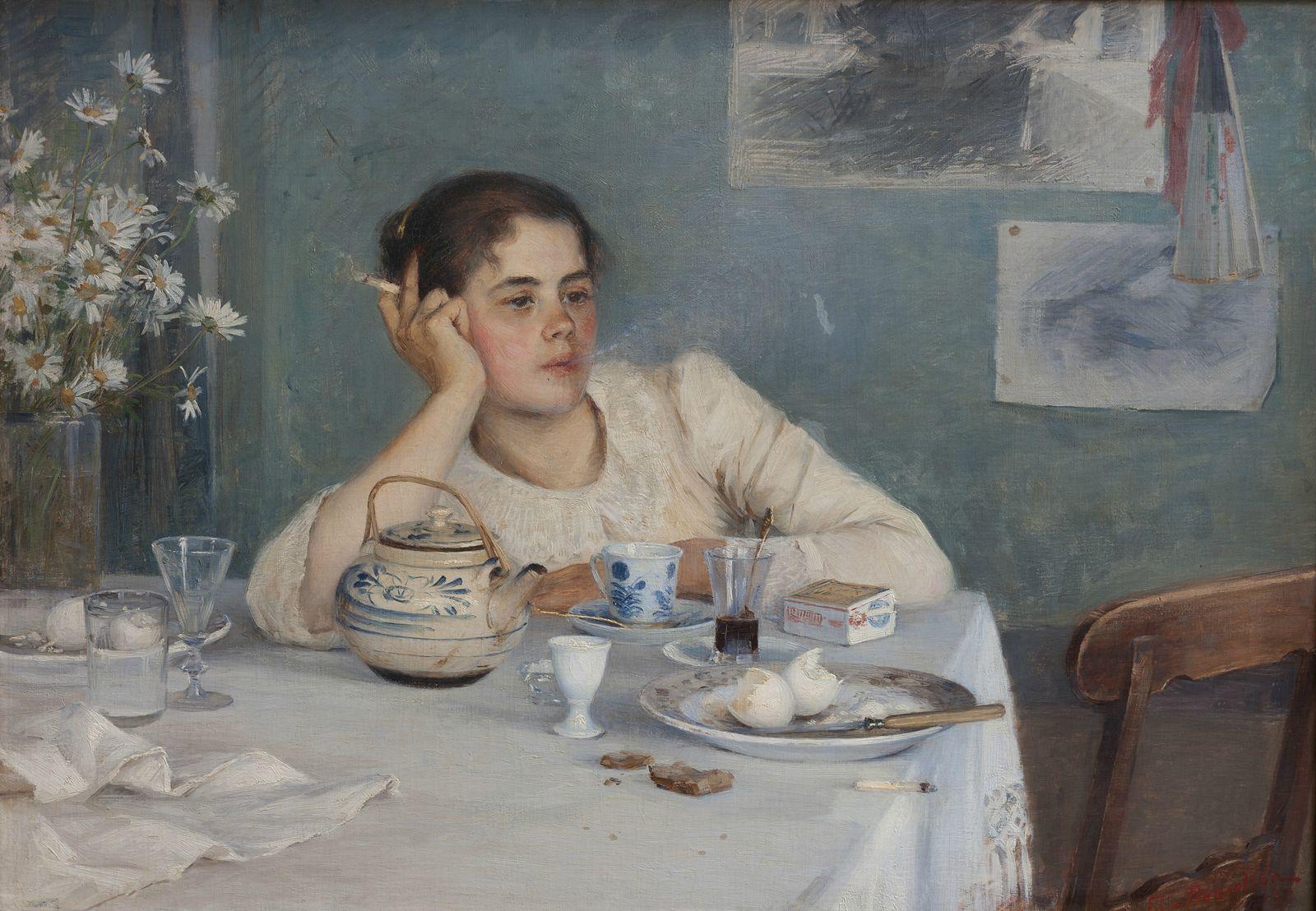Some art I like
The internet introduced me to a couple of new artists last week, whose snapshots of regular life resonate with me.
Hasui Kawase (via Jason Kottke) was a woodblock engraver who produced hundreds of prints through the Taisho and Showa eras depicting landscapes in vivid colour and detail. Apparently he was a big influence on Miyazaki, which I guess endears him automatically to me as a white guy approaching middle age.
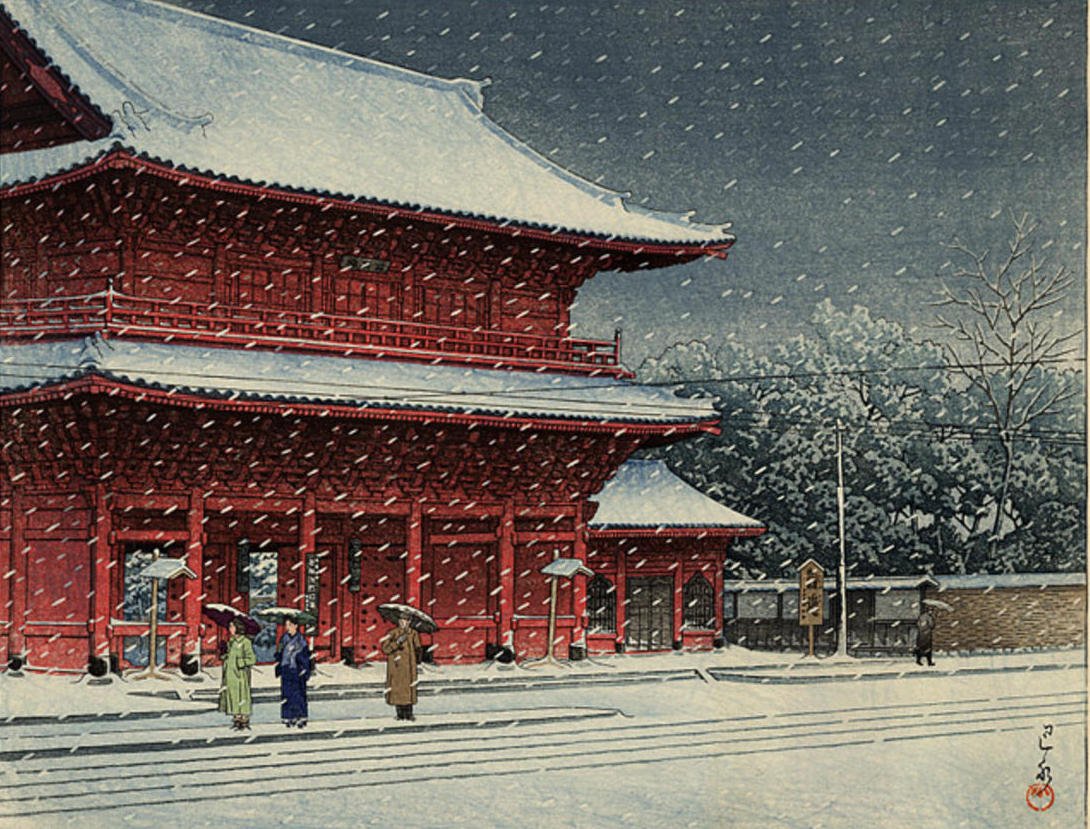
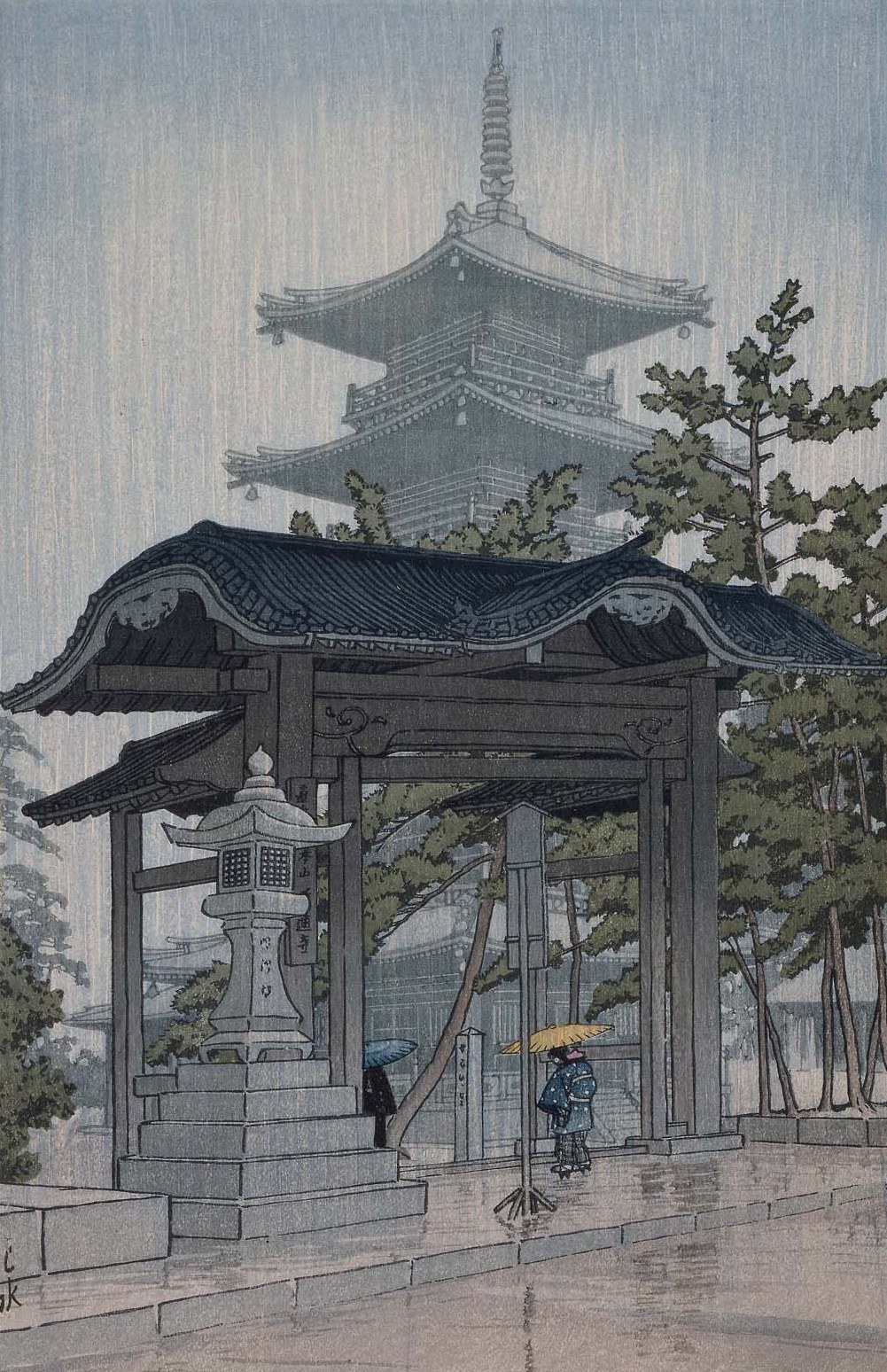
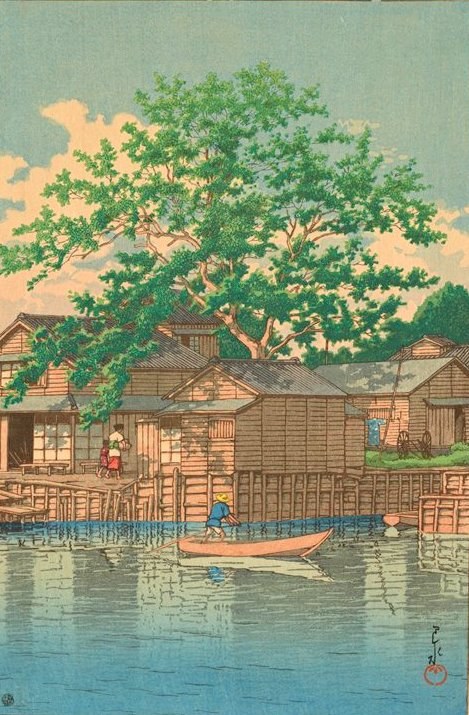
Elin Danielson-Gambogi was a Finnish artist of about the same period, actually, who produced realist portraits of life and work in Finland and Italy. Her paintings are expressive without being dramatic, which is exactly how I like my art.
